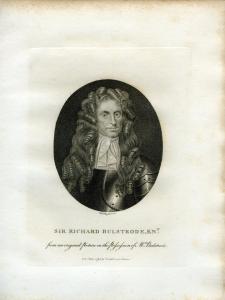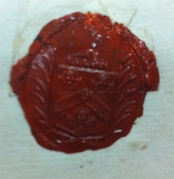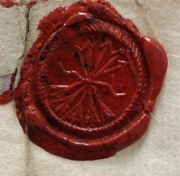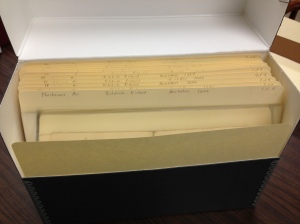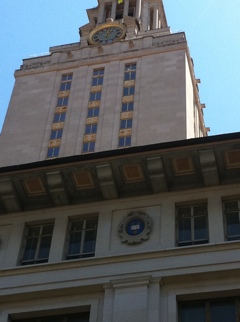I just don’t think I’ll ever get tired of talking about The Bulstrode Newsletters, although I’m sure everyone else will eventually get tired of hearing me talk about them.
I got word this week from Dr. Elon Lang, the project archivist for the Carl H. Pforzheimer Collection of English Manuscripts at the Harry Ransom Center, that my beloved Bulstrode Newsletters are now 100% digitized and uploaded to the Ransom Center’s Digital Collections. Almost 300 letters have transcriptions that were scanned, OCRed, and incorporated into their records from the catalogue produced by Alfred Morrison in the 1890s. Along with the metadata I created for the almost 1,500 letters, the transcriptions will greatly increase search-ability for the collection, and maybe some day the Ransom Center will enable users to add additional tags to capture even more metadata about the people, places, and events mentioned in the letters.
Now you too can read all about how the French were “mightily disappointed in their designs upon Sicily”, about the great surplus of news on 6 October 1677 (and the great shortfall of news just two days later), and the torture and execution of David Hackstone (which he apparently bore with great patience)! Among many, many other stories and exciting details (about which, more here in my original discussion of the project)!
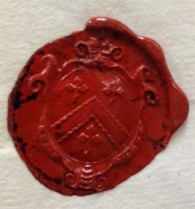
You can also get up close and personal with all those lovely, lovely wax seals I went on about last year.
You can also relish the many stunningly gorgeous (and sometimes infuriatingly unreadable) scribal hands. Outside of medieval manuscripts written in Anglicana, I think the hands in these letters are some of the most beautiful handwriting I’ve ever gotten to work with!
The usefulness of the Bulstrode Newsletters collection to researchers is in its completeness: the years between 1667 and 1688 were full of newsworthy events in London and across Europe during the reigns of Charles II and James II. These manuscript newsletters are an exceptional primary source for insightful commentary on events at the Stuart and other European monarchs’ courts, as well as on social, political, and military events and the activities of England’s commercial expansion and maritime explorations (there are several mentions within the letters of entities like the Dutch East Indies Company).
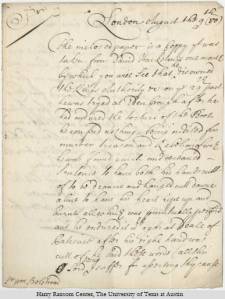
Image from the HRC’s Digital Collections. See this letter in wonderful high definition!
The collection amounts to a single, unified resource for events of this time period, as well as an indication of the workings of these proto-journalists and their relationships with their subscribers—far from being a one-way service in which news from London was transmitted to a client on the Continent, the letters also demonstrate that Bulstrode sent intelligence and even chocolate back to his correspondents in London. Included among the many weekly dispatches sent to Sir Richard Bulstrode are multiple letters from journalists regarding incidental affairs related to the newsletters service—for example, explaining breaks in dispatches or acknowledging receipts of payment. These provide an additional layer of historical interaction and culture for researchers to study. The digitization of the Bulstrode Newsletters adds another reference point for studies of the events of the 1670s and 1680s, and greatly increases evidence about the journalistic activities of Sir Joseph Williamson and other newsletter producers from this time period.
As you can probably tell, I have a lot of love for this collection and I’m still so thrilled I was able to take part in the project. I learned so much while working on it about digitization and Old Style dating and Restoration London, and I hope in the future I’ll get to read some of the scholarship that comes out of having access to these wonderful newsletters.
1- I took this picture of a copy of the engraving that was given to me as a thank-you gift by Joan Sibley at the Ransom Center. It now lives in a gorgeous frame in my office in Irvine.

